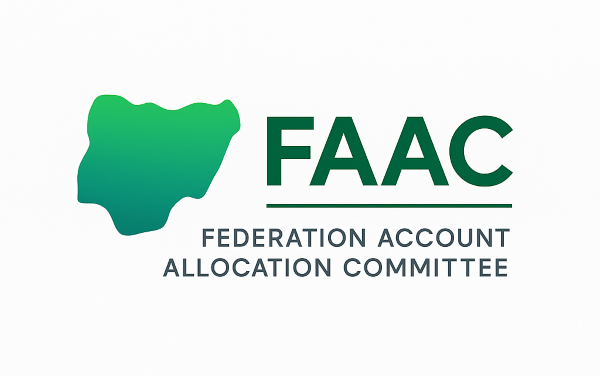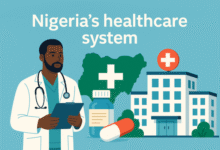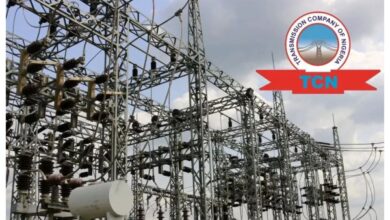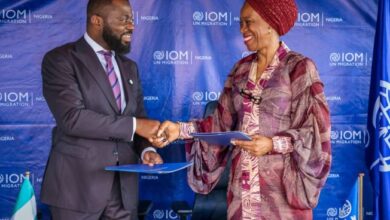FG, States and LGs Share N1.65trn Revenue for May 2025—A Windfall in Numbers, a Warning in Trends

In a record revenue disbursement that underscores both the scale of Nigeria’s fiscal capacity and the mounting complexity of its public finance structure, the Federation Account Allocation Committee (FAAC) announced the distribution of a staggering N1.659 trillion among the three tiers of government—Federal, States, and Local Government Councils (LGCs)—for the month of May 2025.
The allocation, formalised at the FAAC’s June meeting in Abuja, marks a continued surge in government earnings—driven notably by improved Value Added Tax (VAT) collections and a marginal rise in statutory revenue, even as other revenue heads such as Petroleum Profit Tax (PPT) and EMTL registered declines.
Anatomy of the Revenue Windfall
According to the communiqué released by the Office of the Accountant-General of the Federation, the total distributable revenue of N1.659 trillion was drawn from multiple sources:
- Statutory revenue: N863.895 billion
- Value Added Tax (VAT): N691.714 billion
- Electronic Money Transfer Levy (EMTL): N27.667 billion
- Exchange rate gain (Exchange Difference): N76.614 billion
The gross revenue available in May stood at N2.942 trillion, a remarkable figure given the country’s prevailing macroeconomic headwinds. However, deductions for collection costs and statutory transfers/interventions totaled N1.283 trillion, reducing the distributable pot to the eventual N1.659 trillion.
The Distribution Matrix: Who Gets What
Of the N1.659 trillion distributed:
- The Federal Government received N538.004 billion
- States collectively earned N577.841 billion
- Local Government Councils received N419.968 billion
- Additionally, N124.076 billion was paid to oil-producing states as 13% derivation revenue
From the N863.895 billion statutory revenue:
- FG: N393.518 billion
- States: N199.598 billion
- LGCs: N153.881 billion
- Derivation: N116.898 billion
From the VAT pot of N691.714 billion—the largest monthly tally in Nigeria’s recent history:
- FG: N103.757 billion
- States: N345.857 billion
- LGCs: N242.100 billion
The VAT revenue alone increased by over N100 billion compared to April—rising from N642.265 billion to N742.820 billion—a signal of more efficient tax administration or simply higher consumer prices in an inflationary environment.
Behind the Numbers: Revenue Boom or Economic Strain?
While the headline N1.65 trillion figure paints a picture of fiscal abundance, deeper analysis reveals some underlying vulnerabilities:
- Oil revenue volatility remains an Achilles’ heel. Decreases were recorded in oil and gas royalty, PPT, and CET levies—pointing to unstable inflows from the nation’s most critical export sector.
- The VAT rise, while welcome, may signal inflation-pushed consumption rather than organic economic growth. If Nigerians are paying more VAT, it may reflect higher prices, not necessarily greater economic activity.
- The EMTL revenue continues to underperform. Despite Nigeria’s increasing transition to electronic payments, EMTL yielded only N27.667 billion, a decline from previous months—raising questions about collection efficiency and policy design.
- Excise Duties remain marginal. Despite the government’s push for non-oil revenue expansion, excise duty growth was only modest—suggesting either compliance issues or poor sectoral output.
Implications for Fiscal Federalism and Reform
The sheer scale of monthly allocation underscores Nigeria’s heavy reliance on centrally collected revenue and redistribution—a model that many economists argue is outdated. With over N1.17 trillion of gross revenue redirected into transfers and interventions before sharing, it raises the question of how much truly filters into capital investments or productive state-level spending.
Meanwhile, calls for improved fiscal independence of subnational governments grow louder, as states continue to depend heavily on FAAC allocations to survive, rather than building robust Internally Generated Revenue (IGR) frameworks.
Bottom Line: A Time for Fiscal Caution
The May 2025 FAAC disbursement is impressive, but not without caveats. It shows that Nigeria can still generate strong revenue when oil prices stabilize and tax administration is tightened. However, structural vulnerabilities—particularly over-dependence on oil, weak diversification of government income, and an underperforming digital levy regime—still cast long shadows over Nigeria’s fiscal sustainability.
As stakeholders toast to the May windfall, fiscal policymakers must now grapple with a tougher challenge: turning revenue peaks into long-term resilience.











